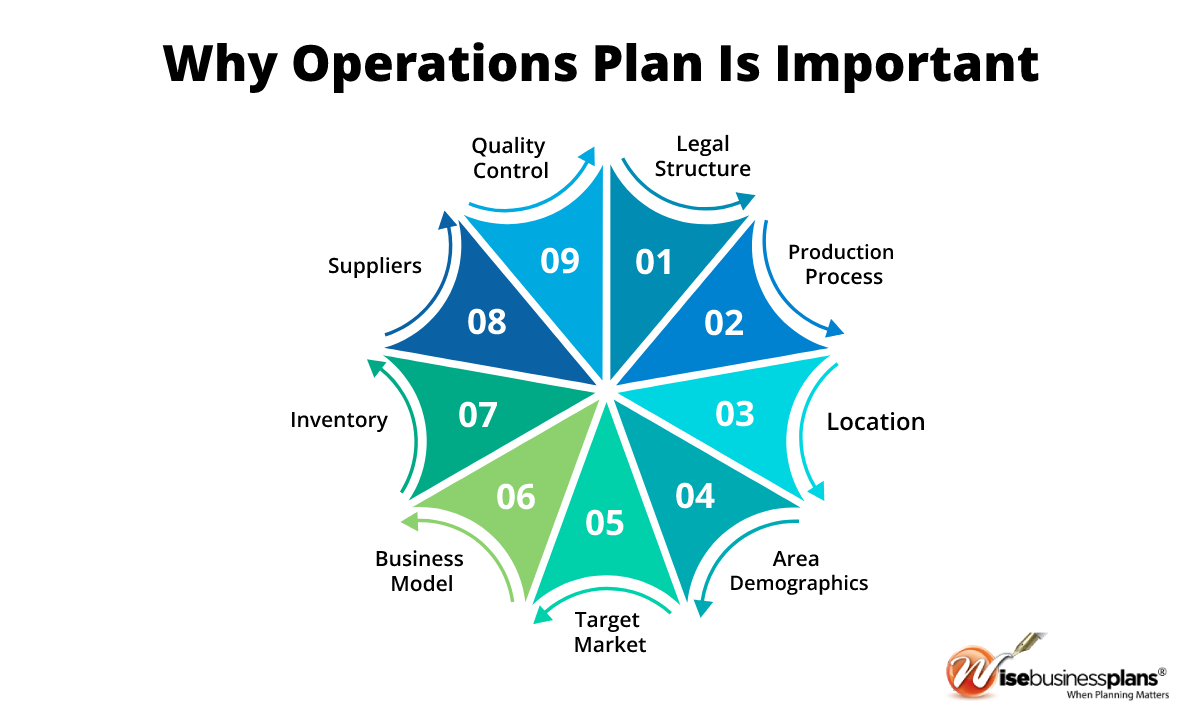Operational Plan for Business Plan
The Operations Plan is an important section of a business plan that outlines the day-to-day operations of your business.
This section will also detail the milestones that the business aims to achieve, along with the timeline for their completion and the resources required to achieve them.

You can download our business plan examples written by our MBA professionals. We have written operational plan in our business plan examples. You can download and use these real life business plans.
Why Operations Plan is Important in Business Plan?
The Management Team is important because it provides investors and other stakeholders with a sense of the team’s leadership capabilities and how they will be able to effectively execute the business plan.
What to Include in Operational Plan?
This section should include the following:
Legal Structure:
Briefly mention the legal structure of your business, such as Corporation, Limited Liability Company, Sole Proprietorship, Non-Profit Organization, or Not Yet Incorporated.
Production Process:
Describe how your products or services will be produced or delivered, including the equipment and resources required.
Location:
Provide details about the location of your business, including any physical space, equipment, or infrastructure needed.
Area Demographics:
The Area Demographics component of the Operations Plan focuses on researching and analyzing the demographic characteristics of the target market area.
This includes data on population size, age, income, education level, and other relevant factors that may impact the business’s operations.
Target Market:
The Target Market component of the Operations Plan outlines the specific groups of consumers that the business aims to reach and serve.
This includes a description of the characteristics, behaviours, and preferences of the target market, as well as an analysis of the market size, growth potential, and competition.
Business Model:
The Business Model component of the Operations Plan describes how the business will operate and generate revenue.
This includes information on the products or services offered, pricing strategy, distribution channels, marketing and advertising, and other key aspects of the business’s operations.
The business model should also address any unique competitive advantages or challenges that the business may face.
Inventory:
Describe how you will manage your inventory, including the ordering process, storage, and tracking systems.
Suppliers:
List your suppliers and describe how you will manage your relationships with them, including any agreements or contracts.
Quality Control:
Explain how you will ensure the quality of your products or services, including any testing, inspection, or monitoring processes.
